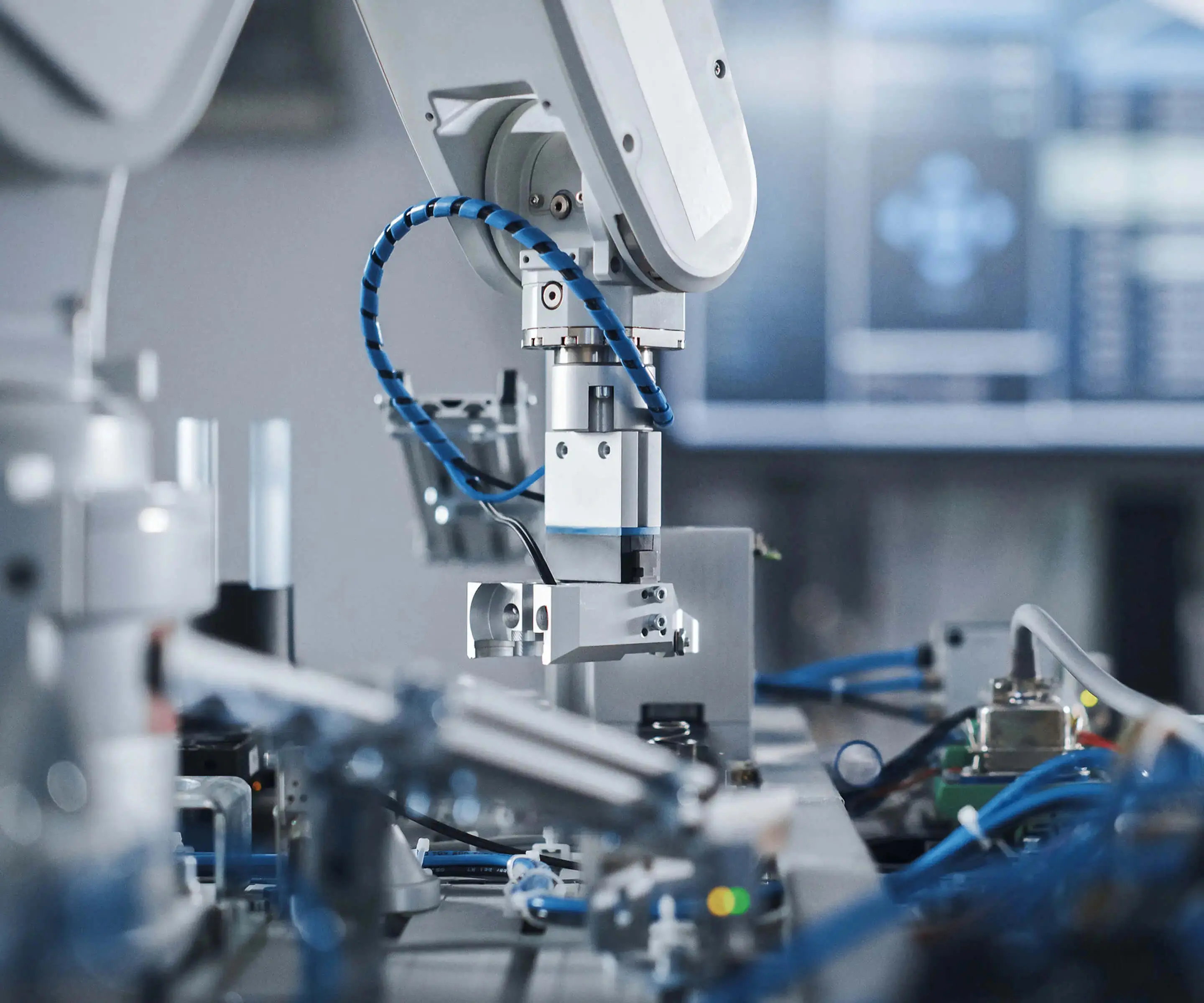Sure, let's dive into the fascinating world of motors. Ever wondered what sets a servo motor apart from a stepper motor? If you're laying out a new project or just curious about which motor fits your needs, understanding their differences can save you a lot of headache down the line.

Picture this: you're assembling a robot arm, and you want it to be precise but also fast. That's where these motors come into play. The key difference boils down to control and movement. A servo motor is like a seasoned gymnast—can hold a position, make quick adjustments, and deliver high torque when needed. It uses feedback mechanisms to constantly check where it is and correct its position. So, if your application requires dynamic and precise movement, servo motors are usually the way to go. Think about robotic arms used in manufacturing—they need to be accurate and responsive, right?
On the flip side, stepper motors are more like a meticulous worker who takes consistent steps—literally. They move in fixed increments, or steps, making them excellent for repetitive tasks. They're simpler and don't rely on feedback systems for basic operation, which means they can be more affordable and easier to set up. Want to control a 3D printer or a CNC machine? Stepper motors are often favorites because they can be driven with open-loop control, making complex movements straightforward without extra sensors.
But isn't there more? Absolutely. When talking about control precision, servo motors shine with their ability to deliver smooth, variable speed and higher torque at different positions. They are more complex, requiring controllers and feedback systems, but that complexity translates into finesse. They excel in applications where you need continuous, accurate positioning or quick response. Conversely, stepper motors, while less smooth and sometimes prone to missed steps under heavy load, are robust and reliable for tasks needing incremental positioning and holding torque without much fuss.
And here's a question: if someone’s building a camera gantry that does slow, precise moves, which would you pick? Probably a servo, because of the precision and the ability to handle varying speeds. Now, what if the project involves a conveyor belt in a factory that repeats the same motion all day? A stepper could be just right—cost-effective and predictable.
So, which motor is better? Well, it depends. Are you aiming for high accuracy with variable speeds, or are you looking for a simple, cost-efficient option for repetitive moves? Knowing your project's guts helps decide. No matter your choice, there’s a reliable, no-nonsense motor out there, ready to step up to your needs.
At the end of the day, what really matters is matching the motor’s strengths to your application's demands. Sometimes, it doesn’t hurt to combine them—servo for the precision parts and steppers where simplicity rules. That way, you get the best of both worlds. No overcomplicating things. Just straightforward power driving your innovation forward.
Established in 2005, Kpower has been dedicated to a professional compact motion unit manufacturer, headquartered in Dongguan, Guangdong Province, China. Leveraging innovations in modular drive technology, Kpower integrates high-performance motors, precision reducers, and multi-protocol control systems to provide efficient and customized smart drive system solutions. Kpower has delivered professional drive system solutions to over 500 enterprise clients globally with products covering various fields such as Smart Home Systems, Automatic Electronics, Robotics, Precision Agriculture, Drones, and Industrial Automation.




































